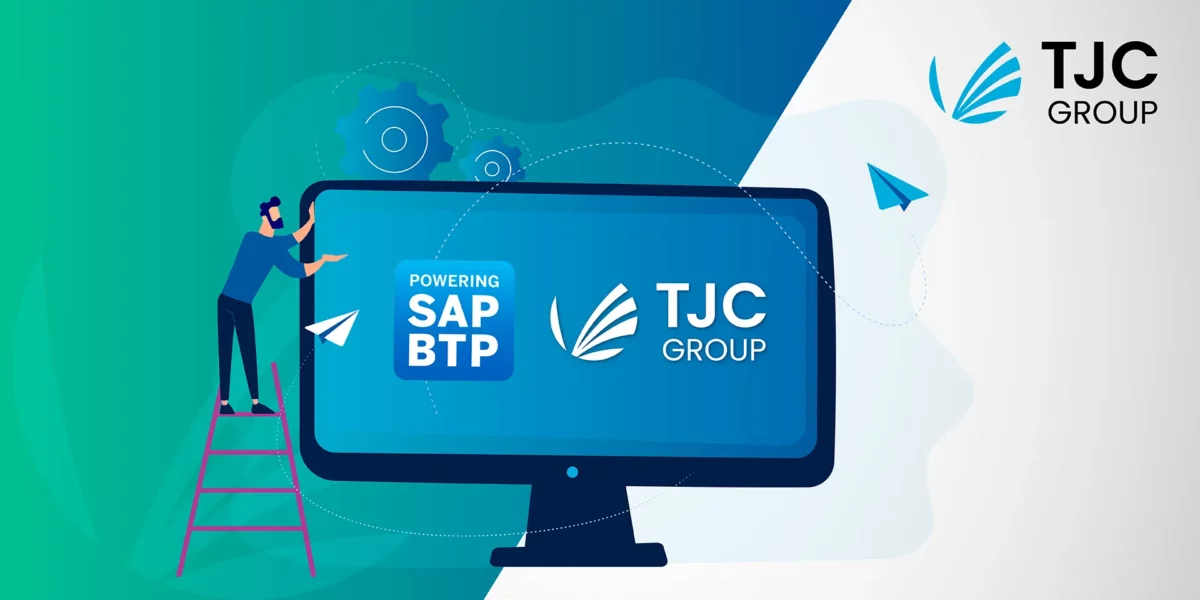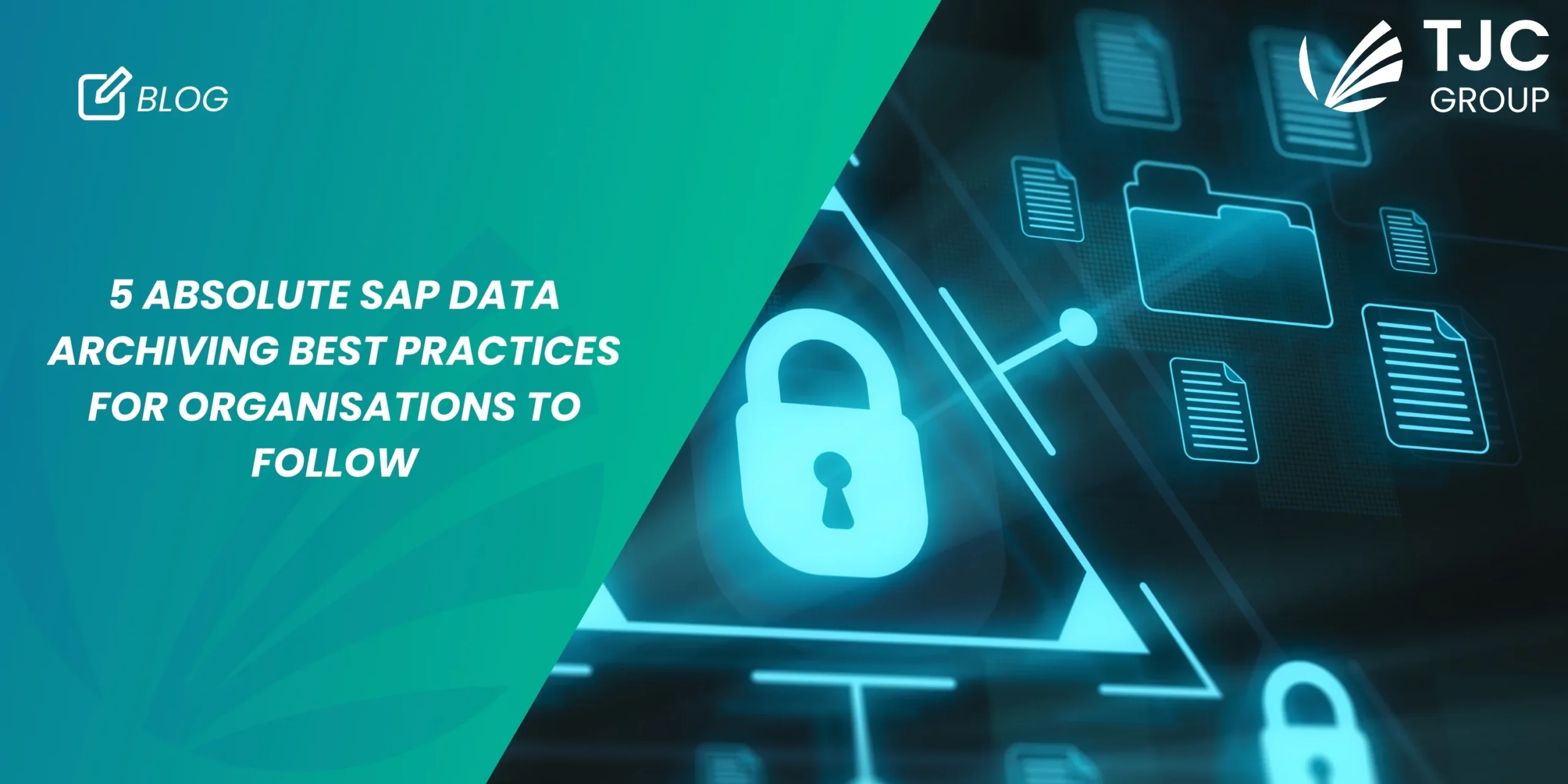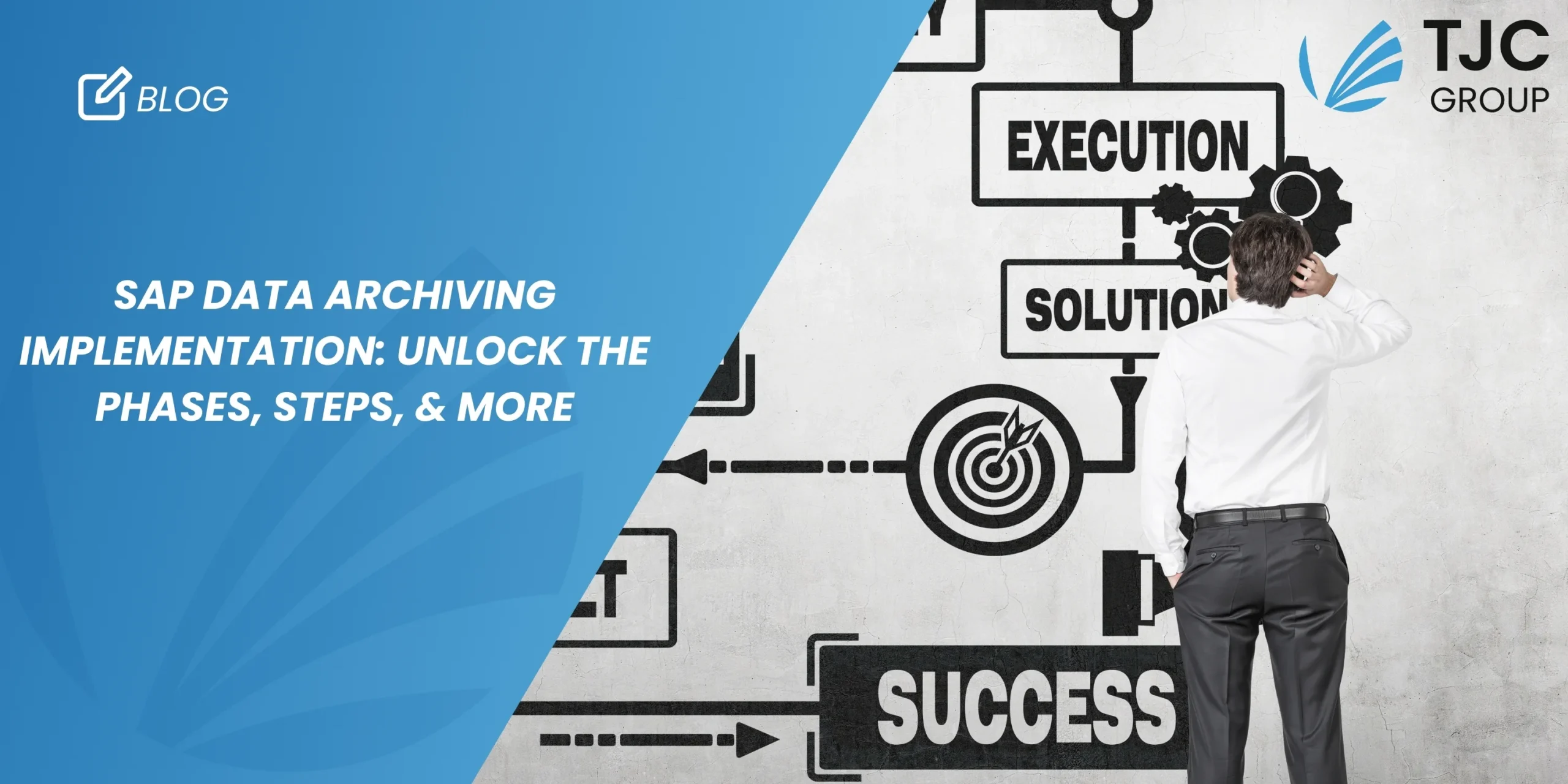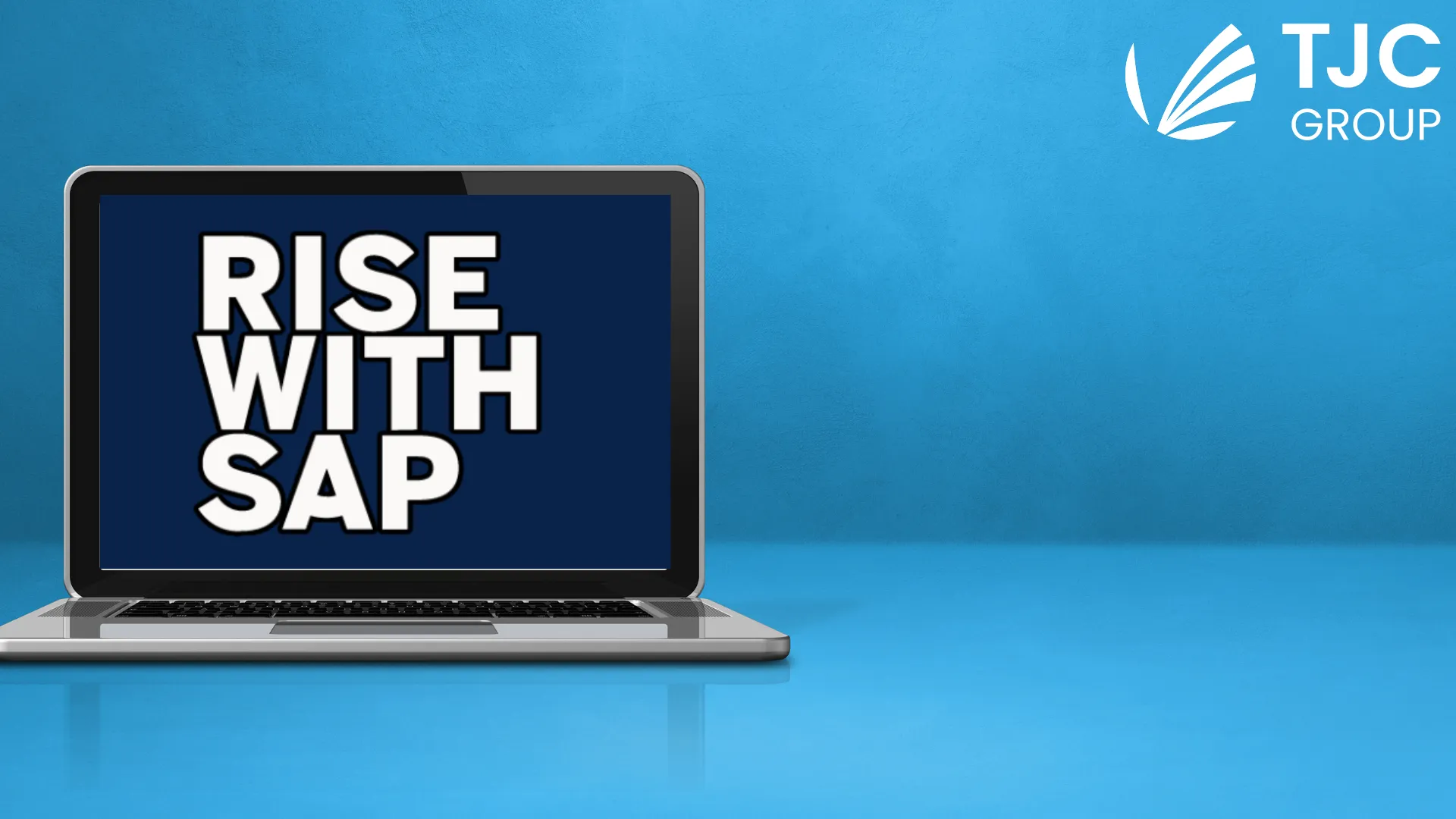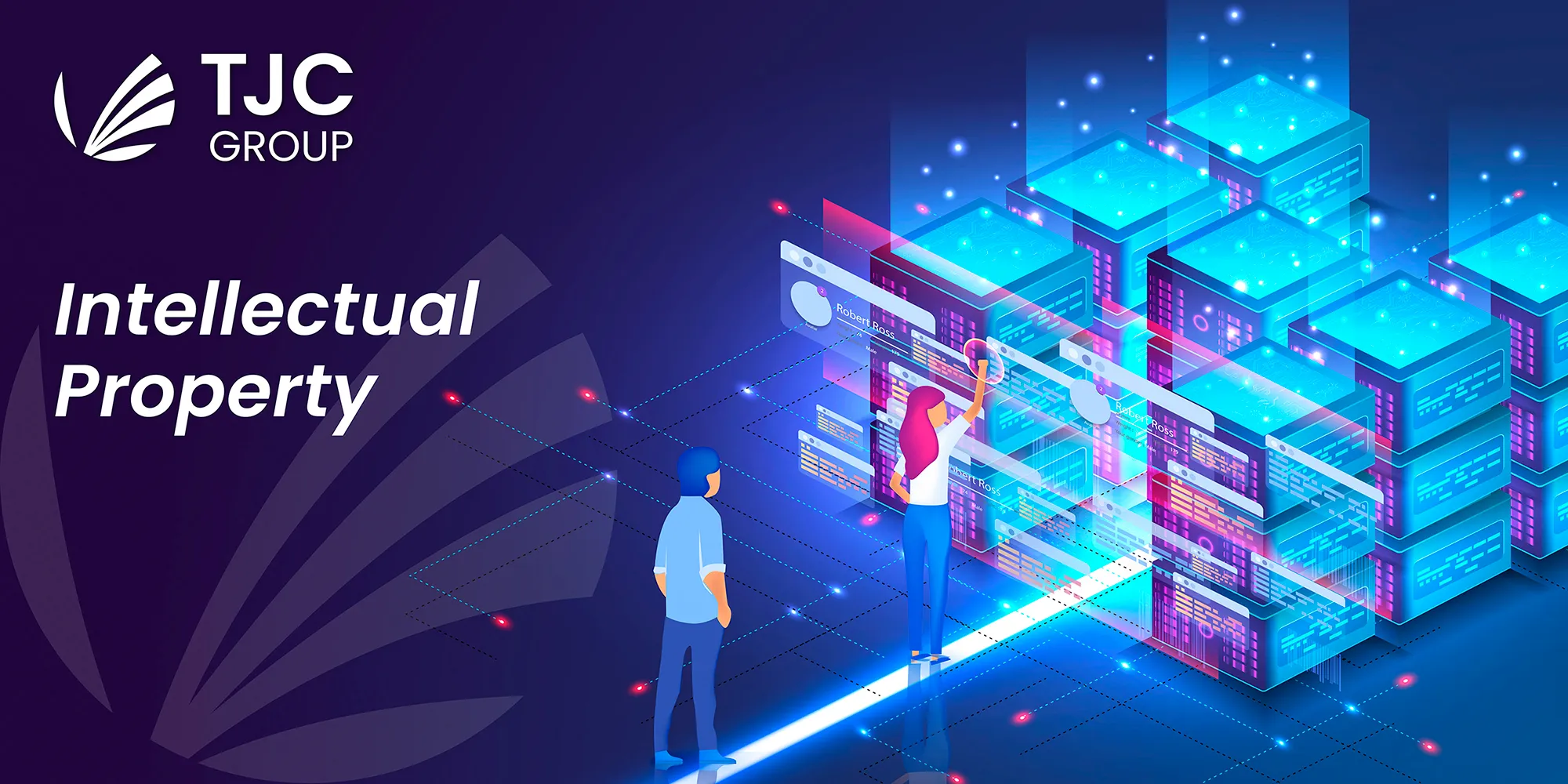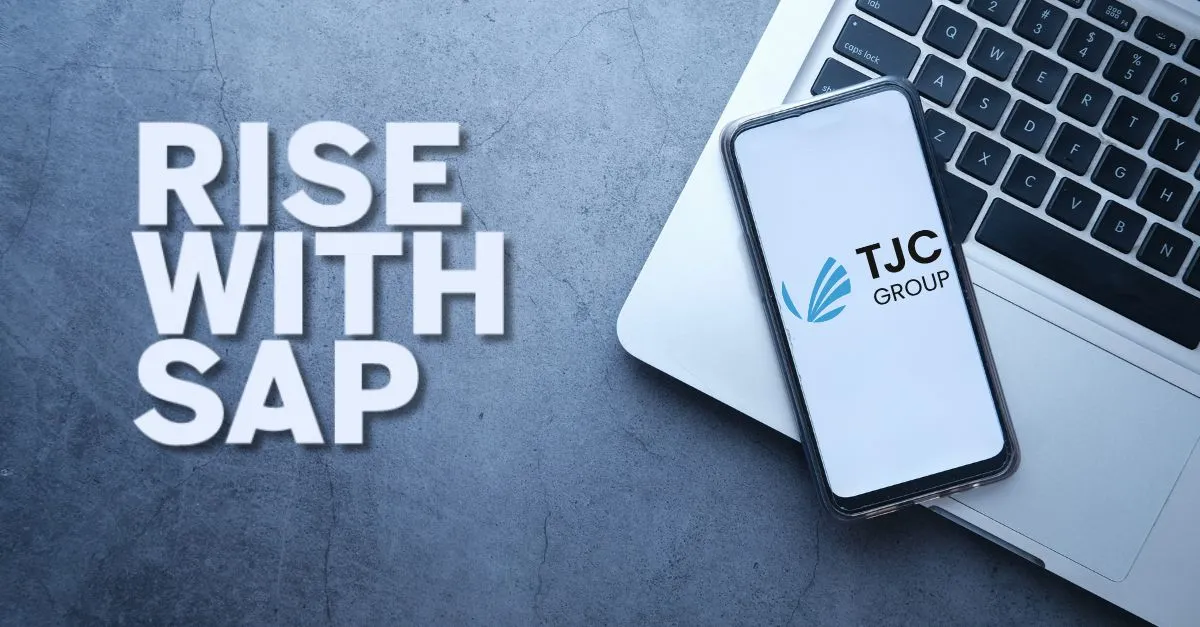A lot has been said already about SAP Business Technology Platform (SAP BTP), but what is it exactly in simple words? Find out which are the 4 Core Benefits of Using SAP BTP and, based on our understanding of how SAP BTP works, learn which are the 5 key features of this technology.
What is SAP BTP?
SAP’s Business Technology Platform (SAP BTP) is SAP’s ‘best kept secret’ and it represents a significant change on strategy for SAP as a world’s leading business management platform. After being regarded as a relatively ‘closed’ ecosystem for many years and the preserve of a community of ABAP developers, SAP BTP reverses this pattern. It is a unified, business-centric and open API platform, designed for use across the entire SAP ecosystem and it offers immense potential for developers and end users alike.
SAP BTP effectively brings together data and analytics, artificial intelligence, application development, automation, and integration in one, unified environment.
SAP BTP is such a revolutionary concept; its reach goes way beyond the functionality found within a single system. As an open access, cloud-based digital transformation platform, SAP BTP enables developers to provide ecosystem enhancing, specialist applications that will instantly integrate with the core SAP engine. In turn, end users can expand the functionality of their core SAP solutions, integrate niche applications to customise their IT capabilities and generate far greater value from their data and business processes.
SAP BTP effectively brings together data and analytics, artificial intelligence, application development, automation, and integration in one, unified environment. One way of thinking about it is to consider how Amazon Marketplace works as a secure hub for sellers to reach buyers and vice versa. Through SAP BTP, developers can reach users seeking specialist solutions and users can find applications, and development services that they might use to quickly build applications and avoid having to pay for expensive customisation work.
The burger analogy
As a platform, SAP BTP is divided up into 4 key segments that sit within the Intelligent Enterprise Framework and each of these offers distinct benefits. SAP uses a burger metaphor to describe how SAP BTP sits within its Intelligent Enterprise Framework. When you go to a burger restaurant you can choose from an array of special sauces and the more you add, the bigger (and tastier) the burger gets. So, with SAP BTP, users can endlessly extend and enhance their applications and processes beyond the scope of standard SAP software.
There is always a need for a new app, a new report, or some new functionality. SAP BTP allows users to extend their standard SAP system with new applications that are pre-approved and immediately compatible with the SAP core. Even more conveniently, BTP applications can either be hosted on premise, at SAP’s data center, or at hyperscaler like AWS.
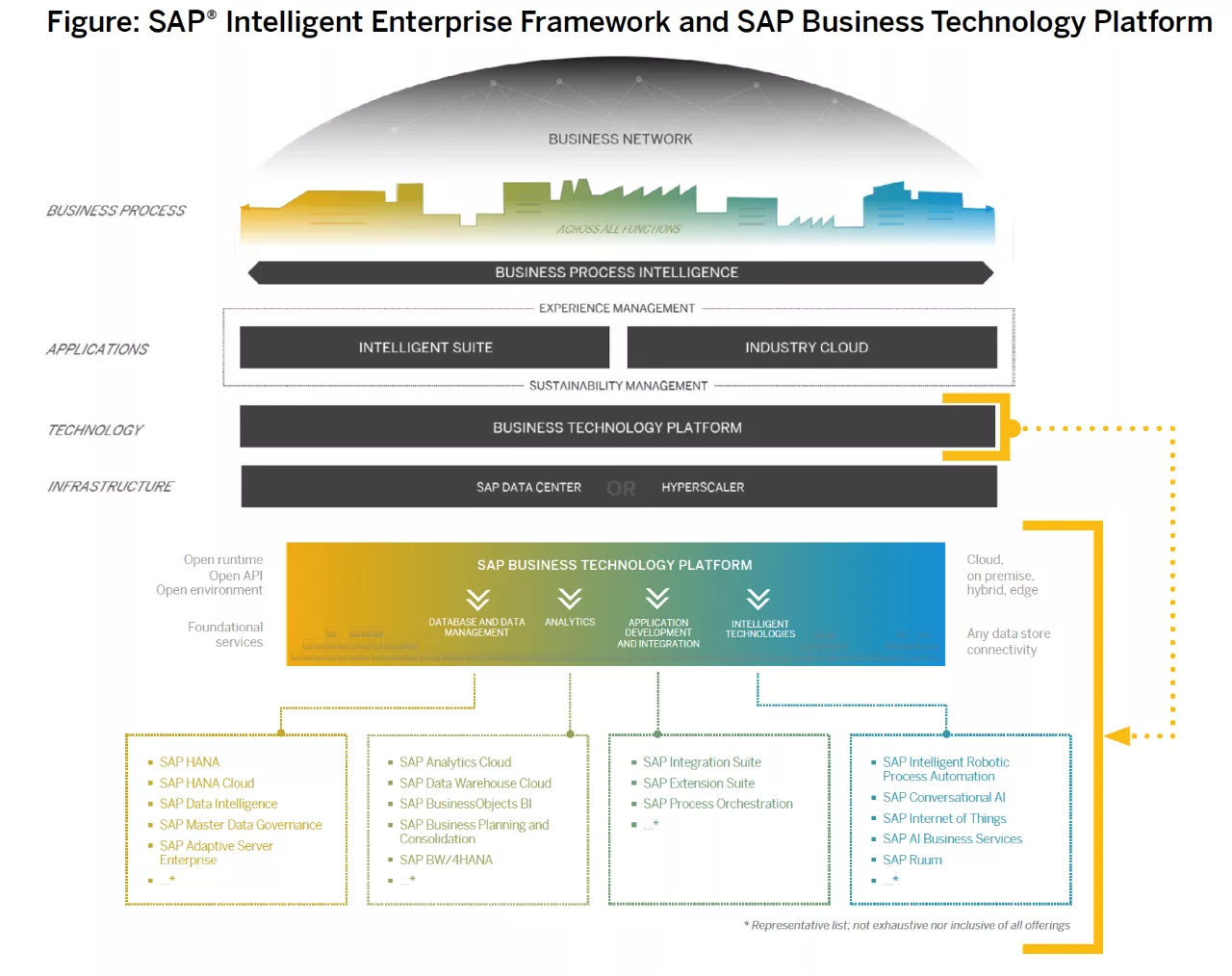
5 key features of SAP BTP
Based on our understanding of how SAP BTP works, here are 5 key features of the technology:
1. Unified platform
SAP BTP is a unified platform that makes it easy to bridge seamlessly between cloud and on-prem environments. In turn, this flexibility makes it possible to innovate rapidly around SAP and third-party applications. One of the key benefits being highlighted by SAP is the potential of BTP to ‘keep the core clean’. BTP makes it possible to synchronise data processes and people, without disrupting core solutions.
2. Enhanced decision making
SAP BTP significantly enhances database and data management by enabling data-driven decisions. It does this by providing solutions that manage, govern, and integrate your enterprise data to feed analytics and drive more confident business decisions.
3. Enhanced analytics
Data on its own is worthless, it’s the insights that can be gathered through analytics that are valuable for organisations. Through SAP BTP’s enhanced analytics capabilities, users can benefit from real-time insights into business processes through machine learning, AI, business intelligence, and augmented analytics. This makes it possible to analyse past and present situations while simulating future scenarios.
4. Ongoing app development and integration
Through SAP BTP, it is possible to connect multiple IT systems and processes across heterogeneous landscapes – resulting in consistent, connected, and insight driven experiences for users, making working in complex environments completely seamless. Working in this way also makes it possible to simplify and decouple your own development IP from the core SAP solution code, which is helpful for third-party software vendors wishing to protect their investments in solutions.
5. Foundation of intelligent technologies
SAP BTP is effectively a foundation platform for intelligent enterprise-ready technologies. It allows users to convert sensor data into reliable insights, delivering real-time intelligence with digital IoT platforms and edge vert services. It’s also possible to integrate machine learning-driven intelligent robotic process automation and conversational AI to reduce reliance on manual activities.
Core benefits of using SAP BTP
For SAP users, SAP BTP offers four primary sources of value, let’s review each of these in turn.
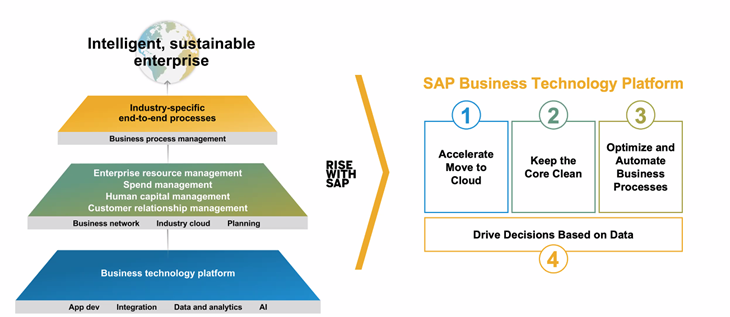
1. Accelerated migration to the cloud
The idea of moving to the cloud is straightforward – you stop hosting applications on-premises and get a service provider to take care of everything. The reality is much more complex – unless you are content with wasting hosting budgets on legacy applications and data. Before migrating to the cloud, data needs to be cleaned, and archived off where necessary and legacy applications should be decommissioned.
Cloud-based solutions like Enterprise Legacy System Application (ELSA) developed by TJC Group can help make the process of cloud readiness light work. In turn, this means decision-making is improved, because the remaining data within SAP is trusted and centrally governed.
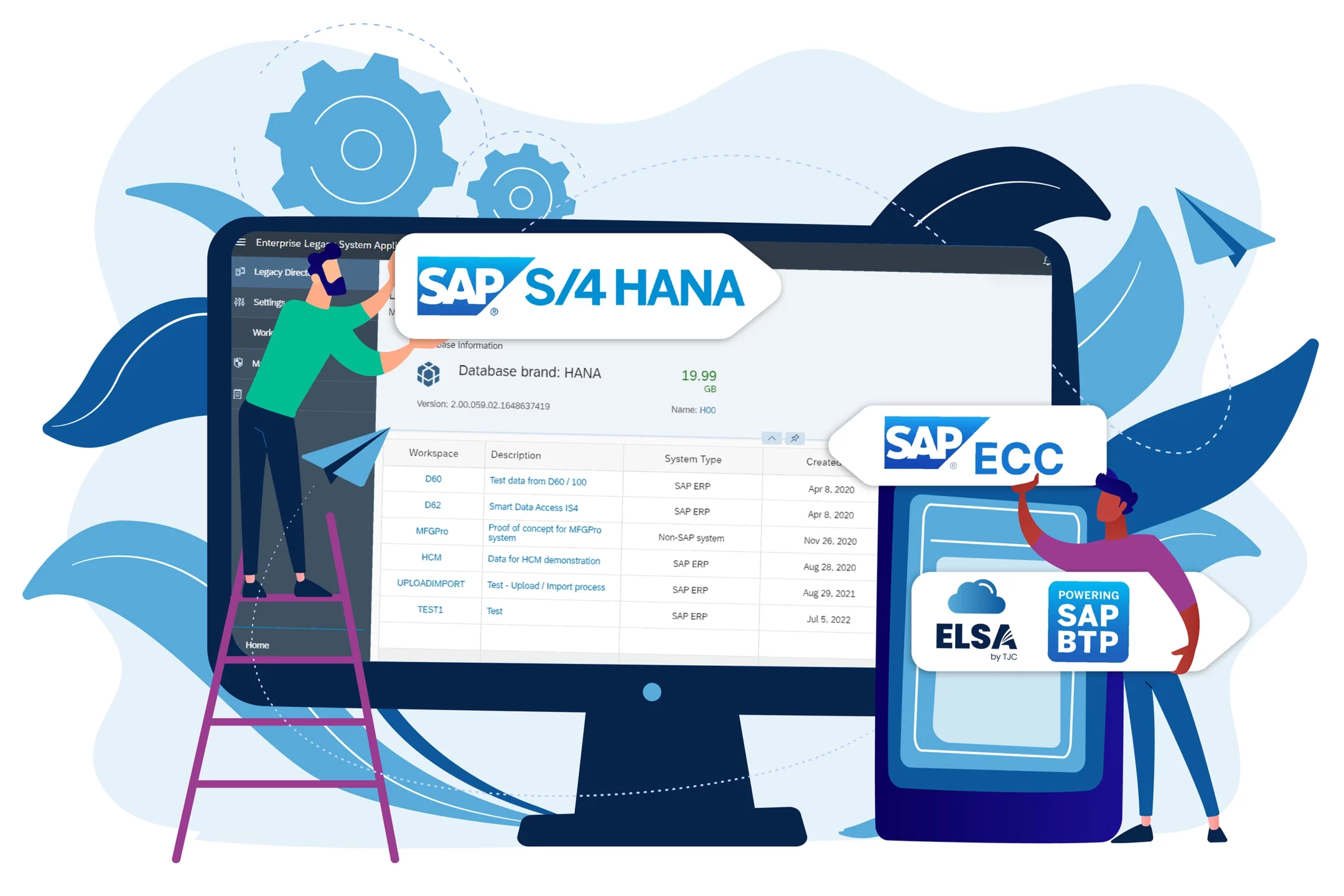
2. Keep the “core” clean
One of the most important recommendations to come from SAP in recent years is the idea of keeping the core clean. Traditionally, SAP solutions could be customised with further functionality by ABAP developers, who would have created very specific add-ons to suit specific process or industry requirements. Whilst this gave users what they needed in terms of functional capabilities, over time, it would have a negative impact on overall system performance, due to the addition of multiple databases to an already dense architecture. It would typically also require extended integration times which could compromise TCO (cost of ownership) levels, due to the need for additional maintenance and upgrades.
Now, thanks to BTP, SAP is recommending that enterprises keep their core SAP software engine clean and instead plug in extended functionality, which is available through SAP BTP to avoid these problems and remain agile. It’s a way of driving rapid innovation without business interruption.
Available now within SAP BTP, ELSA by TJC makes it possible to immediately begin decommissioning legacy applications like SAP CRM (Customer Relationship Management), SRM (Supplier Relationship Management), Warehouse Management, or non-SAP systems. Users can be selective about what they migrate to the cloud and “keep that core clean” because they have the reassurance of being able to easily access legacy data for any future requirements.
If you want to know more about legacy system decommissioning, check out this webinar hosted by the Norwegian SAP user group, SBN Norge a, and TJC Group on 2022: https://info.tjc-group.com/webcast-legacy-system-decommissioning
3. Optimise and automate business processes
One big advantage of sourcing complementary SAP applications through BTP is the guaranteed seamless integration it offers. This makes it possible to run a ‘fully connected enterprise’, by streamlining integrations using out-of-the-box content, eliminating inefficiencies with pre-built automations for manual tasks. Although SAP is feature rich, every organisation will have custom requirements and through BTP, enhanced capabilities can be plugged into a standard integration layer, extending SAP S/4 HANA processes to suit specific adaptations. The process automation available as standard within SAP BTP offers other benefits too. As a sector, IT is currently facing a skills shortage and SAP skills are one of the most highly sought after, attracting premium rates. SAP BTP allows routine maintenance tasks to be driven by prebuilt bots, reducing your reliance on hard to find human resources.
4. Drive decisions based on data
SAP BTP opens the door to real-time data for advanced decision making that’s informed by advanced data science capabilities. The platform means users can plan and forecast across all departments with confidence, using integrated planning and analytics content based on a single source of truth. AI and machine learning support allows users to anticipate change and trends, with predictive analytics and integrated forecasting.

Get a head start on your S/4 HANA migration
SAP BTP opens the door to real-time data for advanced decision making that’s informed by advanced data science capabilities. The platform means users can plan and forecast across all departments with confidence, using integrated planning and analytics content based on a single source of truth. AI and machine learning support allows users to anticipate change and trends, with predictive analytics and integrated forecasting.


